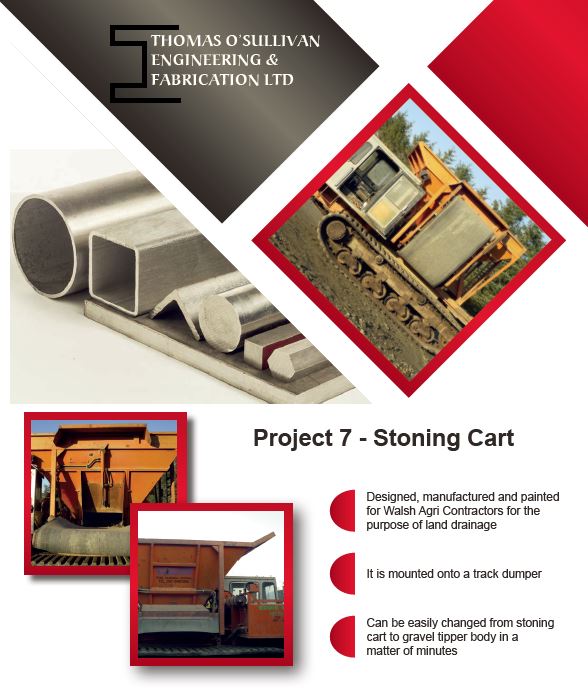Content
This process allows the coins to remain pegged to the underlying assets. The network uses a flexible and effective monetarily oriented approach to solve stability and economic problems. Luna is currently ranked as the #106 cryptocurrency by market cap. Luna is currently trading on 19 exchanges, with a 24hr trade volume of $41,277,832. TerraUSD was risky because it wasn’t backed by cash, treasuries or other traditional assets like the popular stablecoin tether. The stability of UST was derived from algorithms that linked the value to Luna.
UST is an algorithmic stablecoin which uses code to maintain its price at around $1 based on a complex system of minting and burning. A UST token is created by destroying some of the related https://www.bitcoininsider.org/article/190732/luna-20-price-forecast-can-new-cryptocurrency-recover to maintain the dollar peg. The terraUSD stablecoin, which is designed to be worth a dollar at all times, is now worth about a quarter.
TerraUSD , TerraJPY, TerraCNY, TerraEUR, TerraGBP, and TerraSDR are among the others. Users who want to mint Terra stablecoins must burn a quantity of LUNA equal to one dollar. The community treasury receives a small fraction of the LUNA tokens used to mint stablecoins, known as seigniorage, making stablecoin minting beneficial for the network.
Is Terra (LUNA) crypto a good investment?
According to its white paper, Terra combines the price stability and wide adoption of fiat currencies with the censorship-resistance of Bitcoin and offers fast and affordable settlements. To understand the crypto catastrophe, you first need to know what a stablecoin is. In essence, it’s a cryptocurrency that’s pegged to a more stable currency. The biggest such coins are tether and USDC, which like most stablecoins are both tied to the US dollar. So if you have 1,000 USDC tokens, for instance, they can at any time be exchanged for $1,000.
- Its minimum and maximum prices can be expected at $1.50 and at $1.71, respectively.
- Terra has established a number of partnerships with payments platforms, particularly in the Asia-Pacific region.
- Instead, the Luna Foundation Guard, a nonprofit created by Terra’s founder Do Kwon, is holding about $3.5 billion of bitcoin in reserve.
- Perhaps conceding the foundational problem of tethering luna to UST, Kwon proposed removing UST, previously the main selling point of the blockchain, from the terra ecosystem.
- Then Anchor would turn around and loan the deposit to another investor.
Before that, the coin went from being worth less than $1 in early 2021 to creating many crypto millionaires within a year. This led to Kwon’s cult hero status among retail crypto investors. Many success stories popped up in the media about how regular folks were able to get rich from Luna. Stablecoins are supposedly safe havens in the crypto space since they’re meant to have a fixed value of around 1 USD. The goal being, a steady store of value for investors, unlike other volatile coins .
All About Luna
Such an implosion has been seen in small-cap memecoins in the past, but never for something the size of luna, which had a market cap of over $40 billion just last month. The TerraUSD controversy has sparked contagion in the broader cryptocurrency market. That’s because the Luna Foundation Guard is holding bitcoin as a sort of reserve. The fear is now that the price forecast organization my have to sell off its bitcoin holdings to try to support the peg. The Anchor Protocol was a decentralized money market built on the Terra blockchain. This platform became popular for its aforementioned 20% yield for UST holders who deposited their tokens on the platform. Then Anchor would turn around and loan the deposit to another investor.
However, it is difficult to predict how high LUNA’s price can rise in the long term. Then there was Three Arrows Capital, owing $3.5 billion to 27 different companies. The crypto industry was far to incestuous, with companies holding pieces of other companies, despite all being exposed to the same systemic risk. To check Luna’s price live in the fiat currency of your choice, you can use Crypto.com’s converter feature in the top-right corner of this page. "Terra could have grown to be 10 times as large" before such a crash, he said to CNET. "Better that we prick that bubble of unsustainable protocols sooner than later."
What Really Happened To LUNA Crypto?
CFDs and other derivatives are complex instruments and come with a high risk of losing money rapidly due to leverage. You should consider whether you understand how an investment works and whether you can afford to take the high risk of losing your money. We know now that Sam Bankman-Fried had other ideas, sending these funds to his sister trading firm Alameda Research, following https://kellerlogistics.com/ a series of bad investments and loans getting called in. Ironically, these loans were likely called in the aftermath of the LUNA crash, when spooked investors moved to get their funds of crypto by all means possible. In retrospect, it all reads like a cautionary tale for risk management and diversification. So, the numbers are not as comparable, but the domino effect could be.
The LFG had about $2.3 billion in bitcoin reserves, with plans to expand that to $10 billion worth of bitcoin and other crypto assets. If UST dipped below $1, bitcoin reserves would be sold and UST bought with the proceeds. If UST goes above $1, creators would sell UST until it goes back to $1, with the profit being used to buy more bitcoin to pad out the reserves. Tether, the world’s largest stablecoin, also fell below its $1 peg on Thursday amid a broader panic in cryptocurrency markets. Each Terra token is a crypto-collateralized, algorithmic stablecoin that is tethered to a fiat currency. TerraKRW , a stablecoin based on the South Korean won, was the company’s first stablecoin.
Luna Crypto Crash: How UST Broke and What’s Next for Terra
It’s akin to the seigniorage that central banks earn from when they produce money. Terra aims to provide easy-to-spend programmable money with minimal costs, rapid settlements, and cross-border transaction functionality. On May 28, 2022, the genesis block of the new chain was launched to conduct future transactions under the name Terra , and the original Terra Chain was rebranded as Terra Classic. The original native token — LUNA has also been renamed as LUNA Classic . Moreover, all network stablecoins have been renamed to Terra Classic stablecoins .
The price of the UST stablecoin was pegged to the US dollar by minting and burning UST tokens to balance the supply and demand of the coin. The UST stablecoin algorithm created trillions of LUNA tokens, fell into LUNA 2.0 price forecast a hyperinflationary spiral, and reduced the value of the original LUNA token by 99%. Terra’s native currency, LUNA, is utilized for staking, governance, and collateral for the network’s algorithmic stablecoins.
Circulating Supply
However, following the price drop, LUNA slumped to the 214th as of 1 June 2022. While ethereum’s blockchain natively produces ether tokens, terra natively produces luna. The cryptocurrency market is in turmoil, exacerbated by the collapse of luna and the UST stablecoin, both tied to the terra blockchain. Terraform Labs created the UST coin to be an algorithmic stablecoin on the Terra network. While other stablecoins are fiat-backed, the UST would not be backed by real assets. Instead, the value of UST would be backed by its sister token, Luna.









Leave a Reply